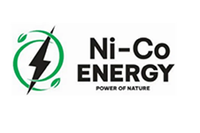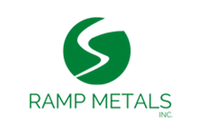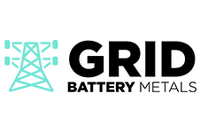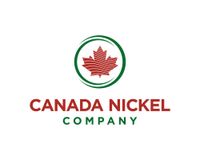The Conversation (0)
Nickel Price Surge to Continue on Positive Demand, Tight Supply
Jan. 30, 2018 04:30PM PST
Base Metals Investing Nickel surged more than 8 percent to become last week’s best-performing metal, but will the rally continue? Many experts say the answer is yes.
Nickel was the best-performing metal last week, surging more than 8 percent, and it seems to be on track for further gains.
Analysts expect rising Chinese imports, supply tightness and a weaker dollar to support prices in the short term.
On Monday (January 29), nickel hit its highest level in more than two years, trading at $14,040 per tonne in London.
“The fundamental story for nickel has started off well and it is looking good for at least the next couple of years,” Wood Mackenzie analyst Adrian Gardner said.
China, the world’s top nickel consumer, is expected to ramp up imports, as environmental regulations put in place by the government have shut down capacity in the Asian country. The latest data shows that China’s nickel imports more than doubled in December from a year earlier, to 41,315 tonnes.
“More fundamentally, supply shortages are keeping prices a float. Low stock levels and disrupted supply is leading to tightness in the market,” FocusEconomics analysts said in their latest report.
Indeed, supply worries increased this week after First Quantum Minerals (TSX:FM) reported a 24-percent decline in output in 2017 due to the closure of its Ravensthorpe mine in Australia last September. A force majeure at the Ambatovy nickel mine in Madagascar is fueling investors’ concerns as well.
Nickel has also received support from a weaker US dollar, which touched a three-year low on Monday. A softer greenback makes commodities priced in dollars cheaper for investors using other currencies.
Another factor impacting the nickel market is buying by some funds due to a potential demand surge for electric car batteries. Nickel is a key component in lithium-ion batteries, whose chemistry may change to include more nickel in the near future.
“Although nickel is a key component of the electric batteries used in electric and hybrid vehicles, the widespread use of electric cars is likely still some time away. Nonetheless, the potential of electric cars has helped push prices up in recent months,” the FocusEconomics analysts added.
Wood Mackenzie forecasts that nickel usage in electric car batteries will be between 60,000 and 80,000 tonnes this year, and 220,000 tonnes in 2025. Meanwhile, Benchmark Mineral Intelligence says nickel supply will need to reach 350,000 tonnes by 2026 to meet increasing demand from the electric car sector.
Still, the FocusEconomics analysts expect nickel prices to pull back from current levels as a possible increase in supply could put pressure on prices.
Higher output from top nickel-producing countries is expected this year. Indonesia increased its export permit allowance, and the mining commission in the Philippines could lift a ban on open-pit mining.
Firms recently polled by FocusEconomics estimate that the average nickel price will be $11,384 in Q1 of this year. The most bullish forecast for the quarter comes from Itau BBA, which is calling for a price of $12,564; meanwhile, Standard Chartered (LSE:STAN) is the most bearish with a forecast of $9,800.
On Tuesday (January 30), LME nickel closed down 3.3 percent, at $13,350, as investors took profits from the price rally.
Don’t forget to follow us @INN_Resource for real-time news updates!
Securities Disclosure: I, Priscila Barrera, hold no direct investment interest in any company mentioned in this article.





